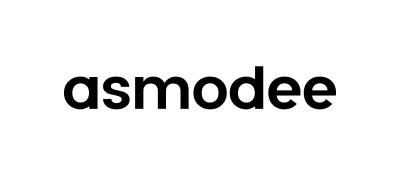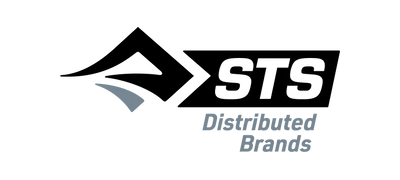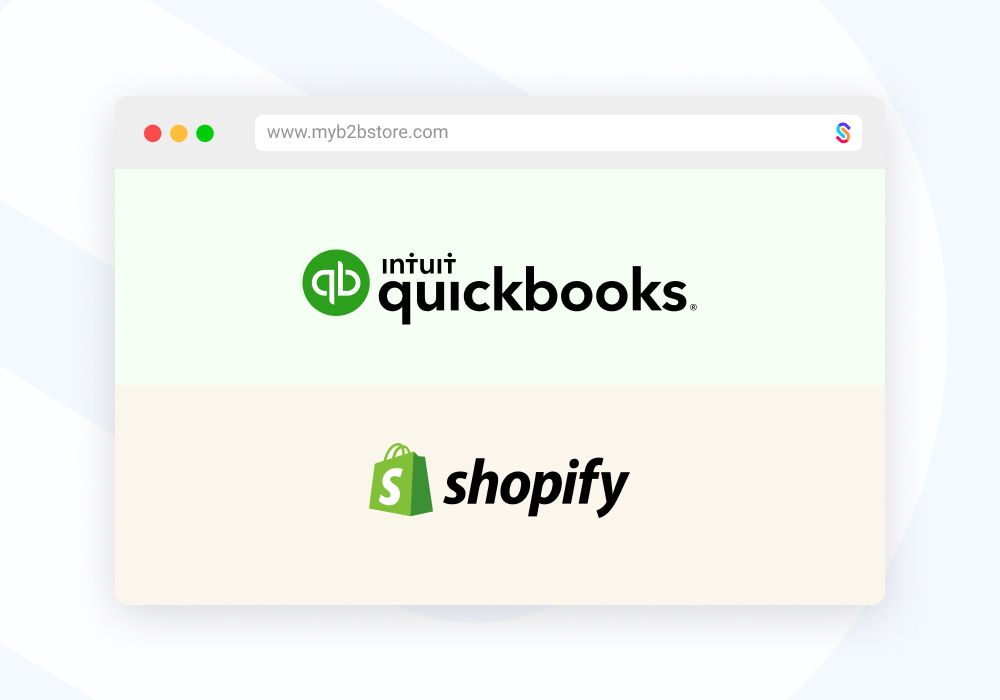Last year Intuit announced that they would be retiring their Quickbooks Commerce solution ( known as TradeGecko) and the official ‘sunset date’ of June 10th, 2022 is fast approaching.
For merchants using TradeGecko, this has meant reevaluating their options for both managing their back-office operations (e.g. stock control, order management, etc), as well as how to deliver a best-of-breed online ordering experience for their B2B customers.
It has also presented an opportunity to consolidate the platforms and technologies merchants are using. Whereas previously, a merchant may have been using a separate eCommerce platform for their retail (B2C) operation to their B2B, perhaps now they are more seriously considering finding a unified solution to manage both. And of course, those already using Shopify for their retail stores have now more seriously considered Shopify to manage their B2B.
So can Shopify be considered as a serious B2B alternative to TradeGecko? It most certainly can!
The benefits of Shopify as a B2C solution needs little introduction; as a globally leading eCommerce solution, Shopify now powers some of the largest and fast growing brands. With the right approach and the right technical solution, it can easily be adapted to deliver a world-class B2B experience too.

Reviewing the feature-set
To learn how Shopify can be adapted for B2B in parallel with SparkLayer, we've summarised just some of the key ways below. You can learn more in our full Shopify guide.
|
B2B Features What B2B merchants need |
Shopify + SparkLayer When combined together |
|
Storefront design & flexibility Full customisation of layout and ability to combine with B2C Shopify store |
|
|
Customer-specific pricing Built-in support for complex price lists, including customer-specific discounts |
|
|
Tiered quantity pricing Handling for price-breaks (e.g. buy 3, save 10%) on parent and variant level. |
|
|
Pack sizing and unit quantities Configuration of product pack sizes, minimum and maximum order quantities |
|
|
Quick re-ordering Ability for customers to track orders, re-order quickly from previously placed orders |
|
|
Shopping lists Ability for customers to create custom shopping lists to quickly populate orders |
|
|
Sales agent ordering Allow sales agents to login and place orders on behalf of specific B2B customers |
|
|
B2B Payment Methods Flexible payment methods such as Payment on Invoice or Account, by Credit, or Payment by Card |
|
|
Integration with backend systems API access to build custom integrations with ERPs, CRMS, PIMs |
What else to consider
Alongside the online ordering experience TradeGecko offered, key to their system was the ability for merchants to manage stock, ordering, and back-office activities associated with running their B2B operation. Shopify’s native functionality allows for advanced stock management and order fulfillment out-of-the-box, and for merchants looking for more sophisticated ways to manage this, there are plenty of solutions that seamlessly integrate. From ERPs, Warehouse Management Solutions, through to Order Management Solutions, it really depends on the merchant’s requirements as to the right fit.
Explore more
If you’re looking for serious alternatives to TradeGecko, the combination of Shopify and SparkLayer can bring a complete B2C and/or B2B experience for your customers. Please feel free to get in touch and we'd be happy to discuss in more detail!
















